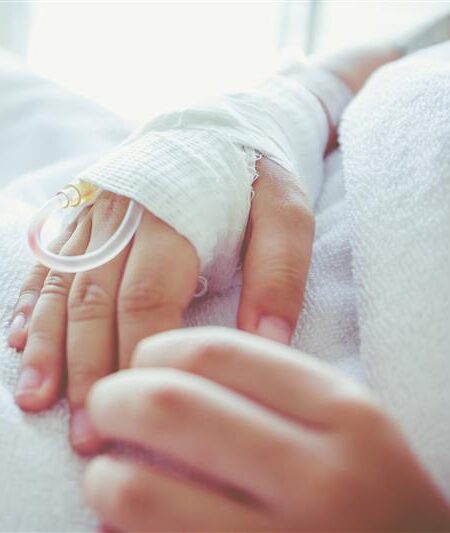What Is Sepsis?
Sepsis is the body’s extreme response to an infection. The immune system sets off a chain reaction throughout the body, harming organs and tissues. It can spread rapidly and cause extensive and irreversible damage, including death.
Sepsis is particularly dangerous for children because their symptoms are more difficult to detect and because many patients, like premature babies and infants, have weaker immune systems.
How does sepsis impact kids?
Sepsis is a leading cause of death in hospitalized children.
Every year, sepsis:
- Kills 7,000 children in the U.S. — more than cancer.
- Hospitalizes 72,000+ children.
- Costs $7.3 billion.
- Contributes to 20% of global deaths, including 3 million children.
Survivors often suffer lifelong health complications. Around a third experience some disability, such as amputation, hearing loss, organ dysfunction, and cognitive impairment.

3 million
pediatric deaths globally
$7.3 billion
in annual costs to treat
72,000
hospitalizations
7,000
pediatric deaths in the U.S.
Why is sepsis so dangerous?
Sepsis can affect anyone, anywhere, even outside a hospital. It can occur after almost any kind of infection — even one resulting from a scrape or a bug bite — and there is no way to predict if an infection will turn into sepsis.
Because it escalates quickly, the window for diagnosis and effective intervention in children is very short. Yet it’s difficult for health care teams to recognize sepsis in children for many reasons:
- The symptoms, like fever or disorientation, mimic many other common illnesses.
- Few pediatric patients present with the same symptoms.
- No test diagnoses sepsis quickly and with certainty.
- Approaches to identifying and treating sepsis vary.
The role of children’s hospitals
Almost 90% of child hospitalizations occur in general hospital settings, yet most pediatric sepsis research occurs at children’s hospitals. The specialized expertise and evidence-based practices at these dedicated pediatric centers can help general and community hospitals improve outcomes for children with sepsis.
This change package is one of the many ways children’s hospitals share their tools, knowledge, and skills with hospitals around the world, making care safer for children everywhere.

What Is Sepsis?
Sepsis is the body’s extreme response to an infection. The immune system sets off a chain reaction throughout the body, harming organs and tissues. It can spread rapidly and cause extensive and irreversible damage, including death.
Sepsis is particularly dangerous for children because their symptoms are more difficult to detect and because many patients, like premature babies and infants, have weaker immune systems.
How does sepsis impact kids?
Sepsis is a leading cause of death in hospitalized children.
Every year, sepsis:
- Kills 7,000 children in the U.S. — more than cancer.
- Hospitalizes 72,000+ children.
- Costs $7.3 billion.
- Contributes to 20% of global deaths, including 3 million children.
Survivors often suffer lifelong health complications. Around a third experience some disability, such as amputation, hearing loss, organ dysfunction, and cognitive impairment.

3 million
pediatric deaths globally
$7.3 billion
in annual costs to treat
72,000
hospitalizations
7,000
pediatric deaths in the U.S.
Why is sepsis so dangerous?
Sepsis can affect anyone, anywhere, even outside a hospital. It can occur after almost any kind of infection — even one resulting from a scrape or a bug bite — and there is no way to predict if an infection will turn into sepsis.
Because it escalates quickly, the window for diagnosis and effective intervention in children is very short. Yet it’s difficult for health care teams to recognize sepsis in children for many reasons:
- The symptoms, like fever or disorientation, mimic many other common illnesses.
- Few pediatric patients present with the same symptoms.
- No test diagnoses sepsis quickly and with certainty.
- Approaches to identifying and treating sepsis vary.
The role of children’s hospitals
Almost 90% percent of child hospitalizations occur in general hospital settings, yet most pediatric sepsis research occurs at children’s hospitals. The specialized expertise and evidence-based practices at these dedicated pediatric centers can help general and community hospitals improve outcomes for children with sepsis.
This change package is one of the many ways children’s hospitals share their tools, knowledge, and skills with hospitals around the world, making care safer for children everywhere.

